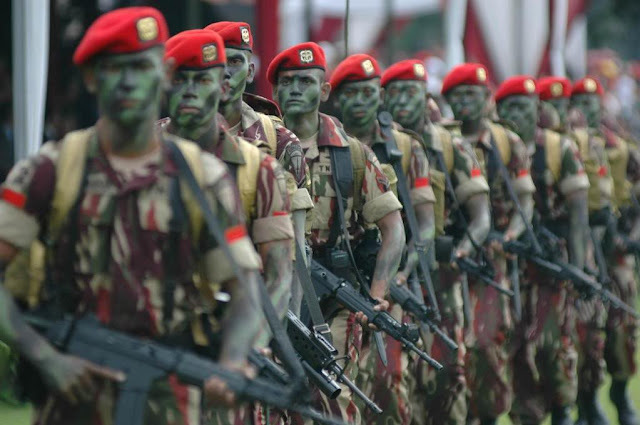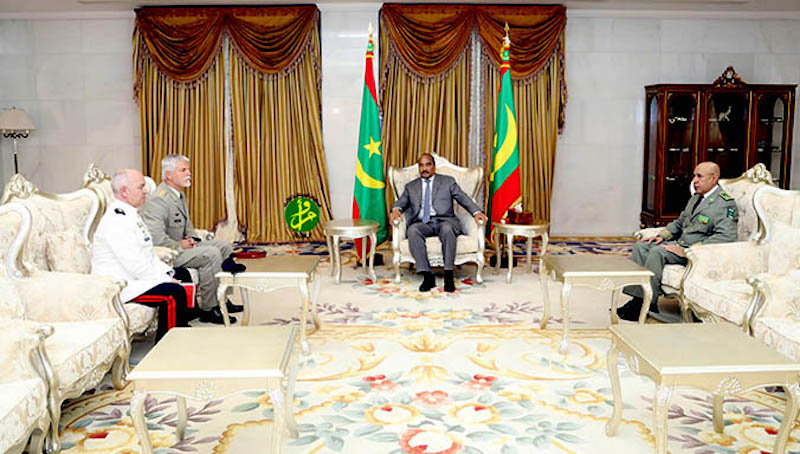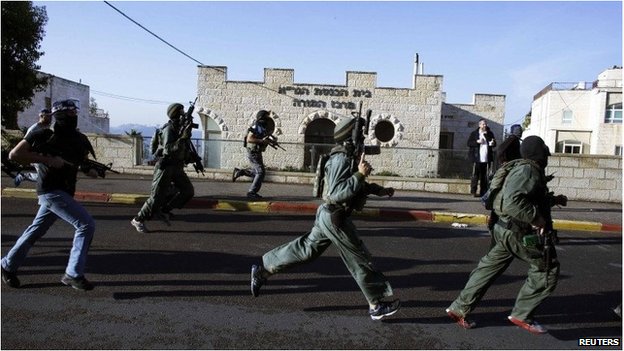In this decade, many nations of Southeast Asia have undergone rapid militarisation and modernisation of their respective militaries. Recently, Singapore has been quietly increasing the size of its air force, acquiring 16 F-15SG aircraft of which only eight have been legally registered. Indonesia has announced its national defence budget for 2015, which sees a year-on-year increase of 14%. The funds will be allocated towards further modernisation of the Indonesian Armed Forces (TNI). Indonesia has bought four additional KCR-40 missile attack craft from the US, and the nation is keen on signing a memorandum of understanding with Boeing for six Apache attack helicopters. The Philippines also expressed the desire to expand and modernise its military and is trying to achieve the goal of a ‘credible defence’ while under constitutional budget restraints. Vietnam has been expanding its military by working with the Czech Republic and Israel for procurement and industry collaboration. These increases in defence alongside Chinese, South Korean, and Japanese (with the recent push to restructure its Self Defence Force) rapid militarisation have created a whole region motivated towards strengthening national defence.

According to IHS Jane’s, a defence publisher, the Asia-Pacific region is the only part of the world to see military spending grow steadily since 2008. This therefore begs the question: why are these nations focusing on national defence now? Is it a response to the ‘conflicts’ over the Spratly and Senkaku/Diaoyu Islands, competition between China and US military allies or simply a response to economic growth and development seen in the region?
Many have made quick judgements about this situation in the Southeast Asia region. These individuals are quick to blame China in its role as an expansionistic power trying to take control of the Spratly and Senkaku/Diaoyu Islands. While it is true that China has made claims to these islands and is willing to carry out skirmishes to gain control, it is an overstatement to solely blame China and mark it as an expansionist and imperialistic power. In fact, the disputes over the islands in the South China Sea are predominantly diplomatic and usually involve nothing more than exchanges of harsh words between parties. It is also a stretch to call China an imperialistic power which is trying to build a maritime regime in the region, as Min Gyo Koo suggests.
China is quite far from being an aggressive maritime military power. The evolution of the Peoples Liberation Army Navy (PLAN) has been quite sluggish considering the size and power of China. In fifteen years (approximately the duration of PLAN modernisation so far), the Soviet Union was able to completely modernise its Navy while dealing with domestic, economic, and political problems. China has concentrated more on core economic issues such as internal tranquility. Additionally, a large portion of modernising the Chinese Navy has been a tendency to establish asymmetrical capabilities such as anti-satellite missiles (ASAT) and shorter range missiles tasked with targeting nearby US allies and bases. Despite these asymmetrical capabilities, the Chinese Navy has been able to modernise in order to combat Non-Traditional Security (NTS) threats such as cyber-warfare, terrorism, and piracy. The direction of expansion of the PLAN, therefore, does not imply that China plans to become a large imperialistic power in the South China Sea.

In fact, the disputes over the Spratly Islands can be attributed to resource scarcity and a bid to gain control of precious hydrocarbon deposits near the islands. China has tried many diplomatic solutions and multilateral agreements which would allow for sharing of the oil deposits between the involved states. Therefore, it is not a strong argument to suggest that the militarisation of the Southeast Asian region is solely a response to Chinese interests in the oil-rich islands of the South China Sea.
Another possible explanation for this rapid militarisation is competition with China and a type of arms-race in the region. China’s national military expenditure has been rising steadily over the last few years and although PLAN is not fully geared for expansionist policies, the huge power of the Chinese military is intimidating to its neighbours. Indonesia recently expressed its worries over the growing arms race in the Southeast Asian region. Indonesian military commander Moeldoko did not single out China as the sole actor responsible for the rapid militarisation of the ASEAN; however, he did state it was a major military player in the region. In addition, the growing militarisation of South Korea and Japan has added a more serious tone to territorial tensions in the region. Although the major powers’ growing militaries do influence defence spending among their neighbours, it is not the only cause of this Cold War-style arms race.
Another possible explanation for this phenomenon comes from a domestic analysis of the ASEAN states. Many nations which are experiencing increasing military spending and intensive modernisation policies are also experiencing fast economic growth. The ASEAN economies’ GDP grew by 5.7% in 2012, which is a figure roughly sustained for the past several years. It is, therefore, logical to assume that these nations are increasing defence spending in order to take advantage of rapid economic growth and modernise their outdated militaries. Before the economic boom seen in the Asia-Pacific region, many of these nations were too poor to invest large sums in the defence sector as the money was needed elsewhere for development. This is perhaps the next stage of development for these nations as they move to protect their respective economies by funding national defence. This could be the reason why the Asia-Pacific region has been the fastest militarising region in the world as other nations (such as the UK, Germany, and France) have already modernised their militaries to par with their economies.
In conclusion, it is detrimental to blame China for the arms race seen in the Southeast Asian region as it has not been the only factor affecting these nations’ defence spending, and it shifts focus away from the success of the region’s development.




